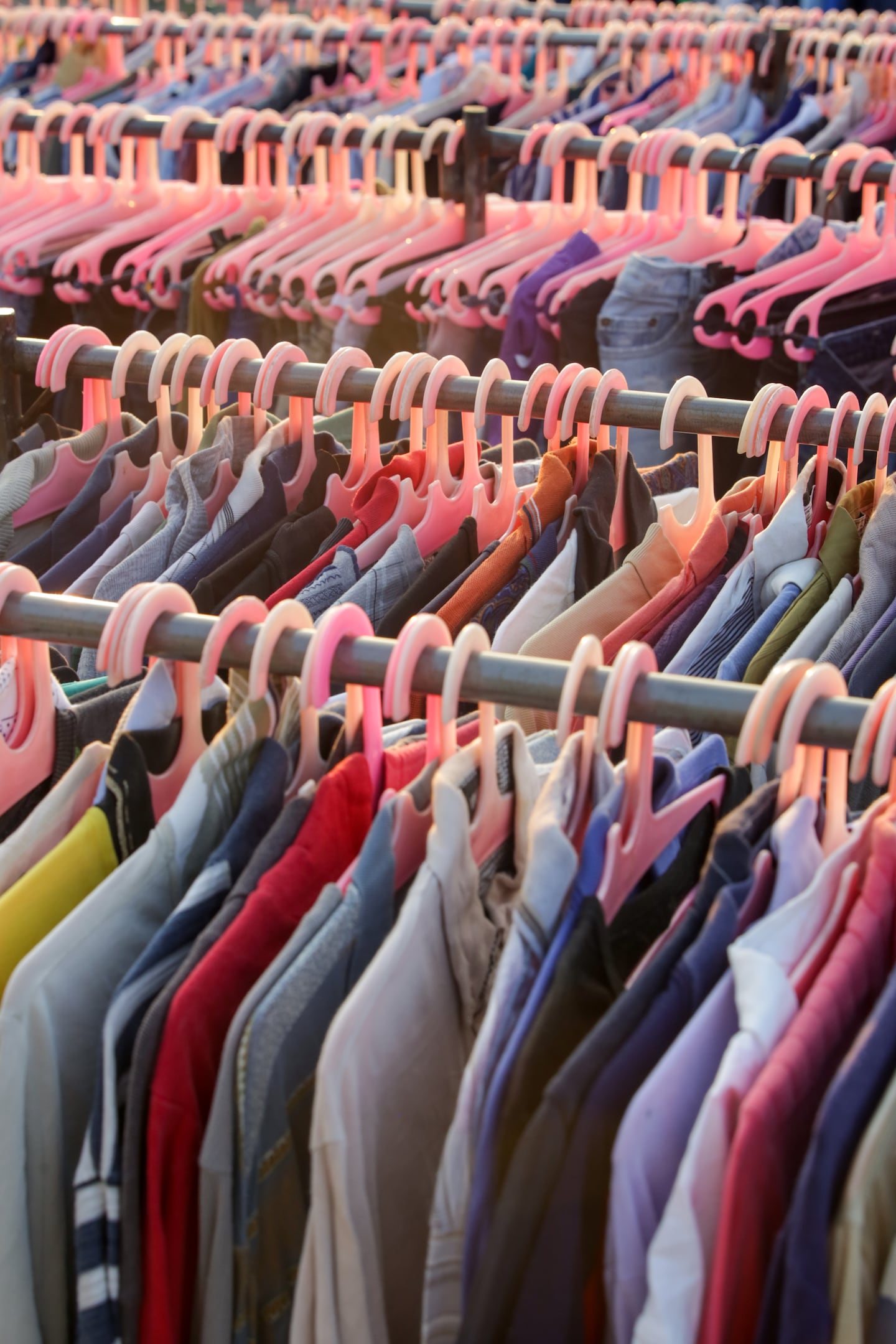Agenda-setting intelligence, analysis and advice for the global fashion community.
Tariff panic arguably hit a peak when the CEOs of Walmart and Target met with President Donald Trump in April to warn him that import duties as high as 145 percent would inevitably result in empty shelves.
In reality, some fashion brands have faced the opposite problem. Earlier this week, American Eagle Outfitters said its spring and summer inventory required a $75 million write-down, meaning the retailer in fact had too much product to sell.
The fashion industry is walking a tightrope when it comes to inventory as Trump’s trade policy and uncertainty about US consumer demand scramble the formulas retailers use to determine what to order, how much, and when it should arrive in warehouses and stores.
The deal struck Monday between the US and China to lower tariffs helps a little. US imports from China are now subject to a 30 percent duty, down from 145 percent. But retailers’ supply challenges are far from over. The trade truce ends in August without a permanent deal. Higher tariffs on dozens of other countries potentially go into effect in July. The impact of all this on American shoppers’ appetite for fashion is another unknown.
ADVERTISEMENT
The risks are high: Play it too safe and miss out on sales, or overestimate demand and drag down profits with an inventory glut.
For the most part, retailers are still taking a wait-and-see approach, analysts said. Many brands brought in their inventory for summer before the tariffs kicked in. Coach-owner Tapestry said its first-quarter inventory level was 6 percent higher than the year prior, while Aritzia reported its inventory level to be up 12 percent at the start of March.
That strategy can be a winning one for brands that successfully predict what consumers will want six or nine months out. But for every Coach, which is riding high on demand for its Tabby and Empire bags, there is an American Eagle or Burberry, which has been dealing with its inventory overhang since last year.
“Merchandising strategies did not drive the results we anticipated, leading to higher promotions and excess inventory,” American Eagle CEO Jay Schottenstein said in a statement alongside the company’s first-quarter earnings.
Many retailers are taking a cautious approach, importing more basics, such as T-shirts and underwear, over trendy new styles. If the T-shirts don’t sell this summer there’s always next year. The same may not be true for the oversized blazers or the micro skirts that speak to the so-called Boom Boom aesthetic that’s raging in fashion right now.
“When you’re worried about recession, it makes sense with all your [inventory] planning to take a conservative approach,” said Simeon Siegel, analyst at BMO Capital Markets. “It’s safer to leave money on the table. But then again, you don’t win market share by playing it safe.”
A Supply Chain Scramble
According to the US International Trade administration, January imports of apparel rose 16 percent year over year. But by March, when overseas orders would likely arrive after new tariffs were in place, imports fell by 12 percent.
How this has shown up in stores is in the replenishment of seasonal goods, according to Sheng Lu, a professor of fashion and apparel studies at the University of Delaware and expert on retail supply chains. For instance, in a typical season, retailers would ship a second or third replenishment order on trendy wares that sell well. Today, in the face of high and uncertain tariffs, many fashion companies are not making those refills and instead prioritising basics and necessities in their new orders.
ADVERTISEMENT
Based on Lu’s own analysis of the e-commerce websites of mass retailers and department stores between February and April, he found their offering of basic apparel items like T-shirts, underwear and socks was on par with previous years, but that the total number of new items — seasonal non-necessities such as dresses — fell drastically.
“This totally aligns with the trade data because of the uncertainty as well as the high tariffs on imports from China,” he told BoF last week, prior to the China-US trade reprieve.
“For ordinary consumers, if you want to buy something trendy and are looking for an exact colour, size and fit, you should buy it now,” Lu added. “It could be very soon that things will run out of stock … We might not see an empty shelf but definitely fewer options.”
This isn’t true across companies using NuOrder, a wholesale platform that connects thousands of vendors with multibrand retailers, April was its highest grossing month in terms of transactions, according to NuOrder’s general manager Chris Akrimi.
“[Our] retailers have the cash flow to make sure they can push inventory into the market,” he said.
Playing It Safe — or Not
Of the “hyperactivity” that Akrimi saw among NuOrder’s clients, there was an emphasis on evergreen products that don’t ever have to be marked down, he added.
Some brands and retailers are opting for smaller assortments in their fall and holiday collections, focusing on products that they are confident will drive sales.
Bogg, a brand that makes washable plastic beach bags, said on Monday it has immediately resumed production of products that had been suspended in the wake of the 145 percent tariff on Chinese goods. But these products reflect a more edited selection, according to Bogg founder and CEO Kim Vaccarella. Bogg trimmed the breadth of its fall and holiday collection by 50 percent.
ADVERTISEMENT
“Whereas we might have had four different styles for one [bag], we’ll now cut two,” Vaccarella said. “I’d rather focus on the two safer options.”
There’s also an argument for taking a riskier approach when it comes to merchandise offerings, however. At a time when everyone else is sticking to iterations of styles that are already popular, opportunities will emerge for those willing to step out of their comfort zone.
Womenswear label Lafayette 148 has plowed ahead with its production of seasonal collections, which have been sitting in its warehouses in China. Now that the tariff rate on Chinese-made goods has been slashed to 30 percent, the brand is making up for lost time.
“The second the tariffs changed, I said, ‘Okay, ship the goods,’ because we didn’t want to lose momentum,” said Deirdre Quinn, CEO of Lafayette 148. “We’ve worked so hard to build our customers, and I don’t want to disappoint them.”
Quinn is still anticipating a 10 percent dip in sales this year, but her first priority is to make sure her stores are adequately stocked. “I’m asking my team to help me be cautious, but not at the expense of the customer,” she said.
This calculated bet has paid off for brands in the past. In the months coming out of the pandemic, for instance, consumers were eager to shop but had nothing new or exciting to buy because of the conservative choices most retailers had made months earlier, when most people were still stuck at home. But the brands that offered a differentiated, novel selection of products were able to cash in on that surge in demand.
“If a company has inventory when others don’t, they’ll look like a hero,” said Siegel. “In every crisis there are those that emerge stronger.”





